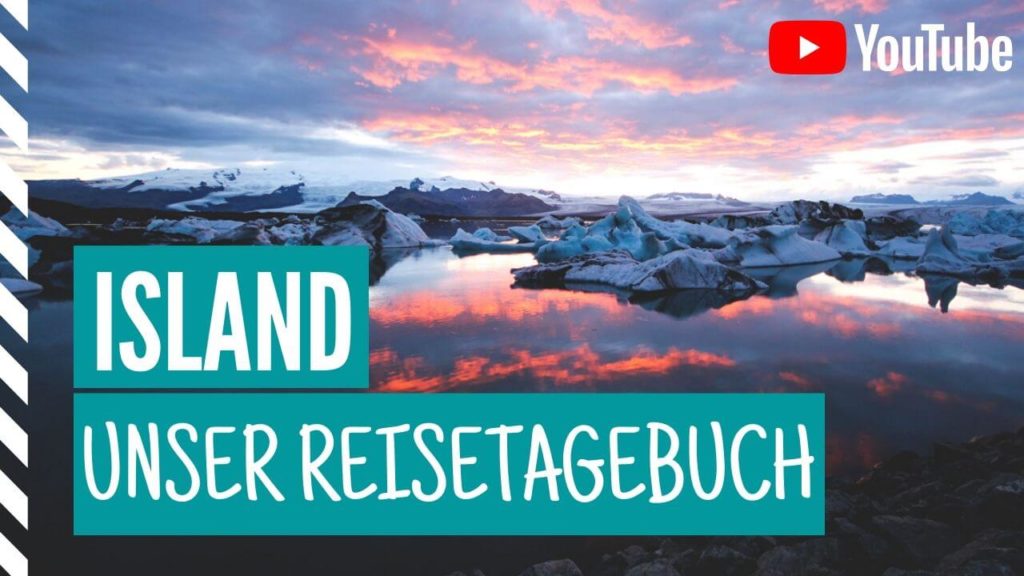Would you like to travel to Iceland and are wondering what preparations are necessary for Iceland? Iceland is not a country you can just visit spontaneously. Often, neither hand luggage nor light summer clothes are enough. You have to plan a trip like this well and thoughtfully.
What will the weather be like? Which car should we rent? Where do we want to camp? Do we even have the right equipment? How much does it actually cost in Iceland? Questions upon questions. Today, we’ll take you through our preparation for Iceland and give you valuable tips for your own adventure.
Other important Iceland topics:
- Driving in Iceland
- Camping & Camping in Iceland
- Iceland’s Sights
- Currency in Iceland
- Best time to travel to Iceland
- Routes for 7 and 14 days
- Costs for our trip
- Our Iceland country page
- The South of Iceland
- The Vatnsnes Peninsula
- The North of Iceland
- The East of Iceland
- The Westman Islands
- The Southeast of Iceland
- Reykjavik Highlights & Tips
- The Golden Circle
- Other important Iceland topics:
- 1. When is the best time to travel to Iceland?
- 2. How long should I stay in Iceland?
- 3. How much do flights to the island cost?
- 4. What type of rental car should I book?
- 5. What equipment and clothes should I pack?
- 6. Which route should I choose for Iceland?
- 7. What’s camping like in Iceland?
- 8. What budget do I need?
- 9. What’s the internet like?
- 10. Preparing for Iceland – Anything else I need to consider?
- Preparing for Iceland – The Podcast
- Our travel diary on YouTube
1. When is the best time to travel to Iceland?
You can, of course, visit Iceland all year round. Ultimately, it just depends on what you want to do and see. Do you want to experience winter in Iceland or summer? Do you want to see the Northern Lights, whales, and puffins? Most visitors come in July and August. During this time, temperatures often reach 18°C or more. But that doesn’t mean anything. In Iceland, the weather changes every hour, if not every minute. In Iceland, they say, “If you don’t like the weather, wait five minutes.”

In the summer months, Iceland is accordingly crowded, and accommodations are expensive, as are rental cars and campers. You should also note that the roads to the highlands are usually only open during the summer months. Depending on weather conditions, the roads there do not open until the beginning of July until mid/late September. We were in Iceland in September and were very lucky with the weather. Out of 16 days, we had wonderful weather with blue skies and sunshine on 12 days. Only 4 days were stormy and rainy.
Best time to travel: Low season
The low season in May/June and September is generally a good time for tours in Iceland. There are fewer tourists on the island at this time, and prices are also somewhat more affordable. We saw whales and the Northern Lights in September, and the temperatures were very pleasant. However, you should base your trip on what you want to see and experience. You can read our detailed report on the best time to travel to Iceland here.
2. How long should I stay in Iceland?
You can spend a week on the island, or 2, 3, or 4 weeks. But a week doesn’t really do this island justice. Take your time to truly enjoy these landscapes. You want to capture beautiful moments, not just snapshots, right? If you want to drive around the island on the famous Ring Road, you should allow yourself at least 10 – preferably 14 days. This way, you don’t have to rush and can make a few detours. Many people even drive around the island in a week. However, you’ll spend more time in the car than in the fresh air. You won’t really get to see the beautiful landscapes.
Plan at least 14 days
We had 15 days and were able to explore Iceland in a very relaxed manner. After about 10 days, we were back in the south and were even able to take a spontaneous trip to the Westman Islands and explore Reykjavik. In general, you should consider beforehand whether you want to circumnavigate the island or focus on one region. Many vacationers would like to see the entire island in the shortest possible time. But that doesn’t work.
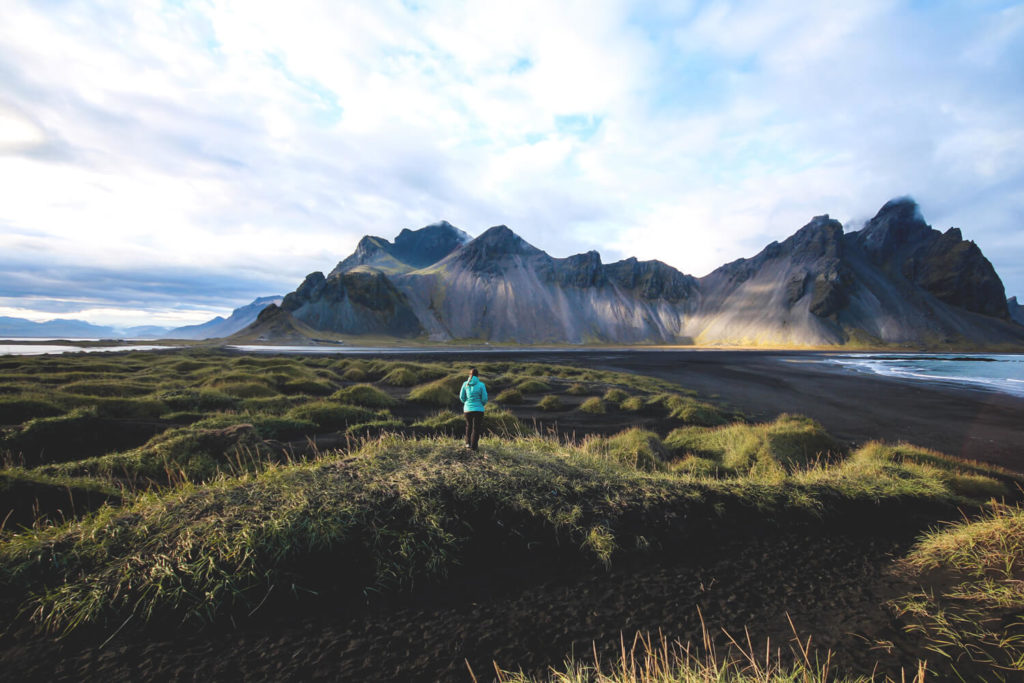
We had to skip the Westfjords, the Highlands, and Snæfellsnes for now. We couldn’t have done that in two weeks. So we focused on a relaxed circumnavigation of the island. We’ll take a closer look at the other highlights on our next trip. If you only have 7 days, you should check out the south (Golden Circle/Southeast) and Reykjavik. Circumnavigating the island in a week is only possible in the summer, if at all.
3. How much do the flights to the island cost?
A year before our trip, we discovered a great deal with Germania. For our flights with luggage from Bremen, we paid only €114 per person. Incredible, right? So we didn’t hesitate for a second and booked the flights immediately. Everything else was still in our hands. Unfortunately, hardly any airlines fly to the island anymore. Germania no longer exists, WOW Air went bankrupt, and Eurowings is now also discontinuing its flights.

Flights between €170 and €300
Currently, direct flights are still offered from Frankfurt, Hamburg, Berlin, Düsseldorf, Cologne, and Munich. You can start with Icelandair from around €200 (more expensive in peak season). Alternatively, you can currently fly very cheaply with Transavia from Amsterdam or with Easyjet from Basel. You can get flights for under €170 (without luggage). Most flights arrive at Keflavik International Airport in the southwest of the island. The flight time is around 3 to 3.5 hours.
When planning, also note that most flights land in Iceland very late in the evening and usually take off again very early in the morning or during the night. We spent the first night in an Airbnb near the airport (in Keflavik). Our return flight left at 12:30 AM. So, we spent the last evening relaxing at the airport. You can get a good overview of flights and prices at Skyscanner.de. There, you can search for “from Germany” to “Iceland” and see directly which airport is currently the cheapest.

4. What type of rental car should I book?
Let’s move on to the next important point: the rental car. We searched through many forums and Facebook groups online. In the end, we decided to rent a completely normal small car. The ring road is mostly very well-developed, and the weather was also very stable in September. The earlier you book, the cheaper the prices. You might get lucky and book a car for under €300. We paid €576 for our car (€38.50 per day). We booked at www.mietwagen-check.de*.
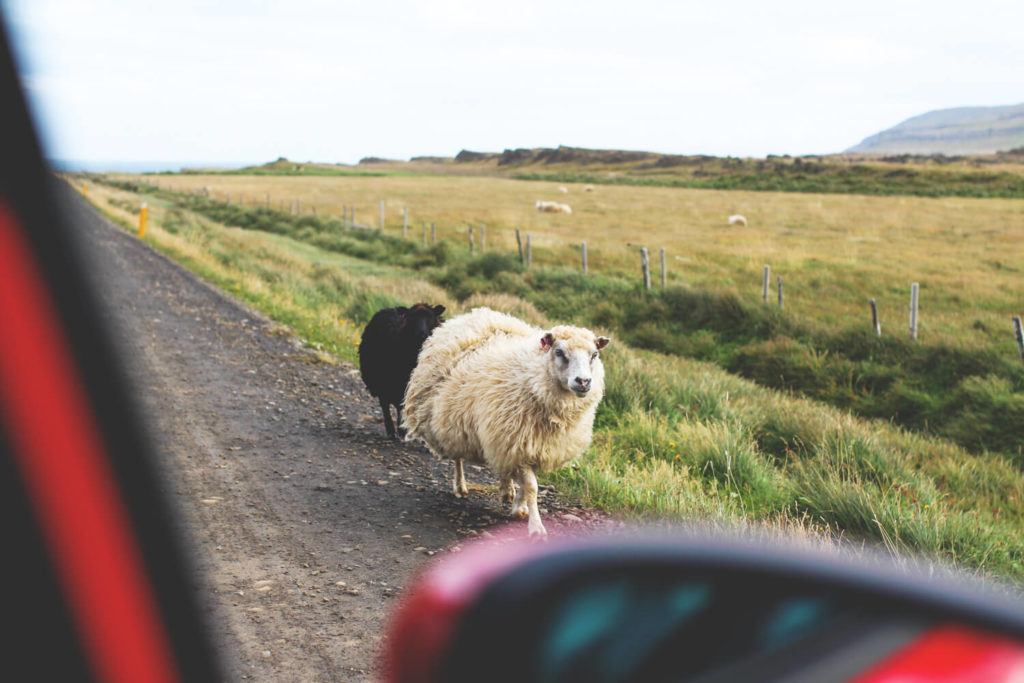
Since we weren’t planning on driving to the Westfjords or the Highlands, we didn’t need a 4×4. Only with this type of vehicle are you allowed to drive on the roads into the Highlands. If you drive a vehicle that isn’t approved for the F-road, you could face heavy fines. Your insurance coverage will also be void, and you and others will be in danger.
Depending on the time of year, you should rent the right vehicle. If you’re traveling to Iceland in winter, a 4×4 can also be very helpful. Storms can strike at any time, and roads can be completely covered in snow. Make sure your car is equipped with studded tires. Studded tires are permitted from November to mid-April. You can find out more about booking a rental car and driving from Iceland here.
5. What gear and clothing should I pack?
Since we decided relatively quickly to travel with a tent, we had to completely renew and rethink our equipment. We needed a tent, sleeping mats, sleeping bags, camping stoves, good jackets, pants, hiking boots, and much more. We wanted to be prepared for everything, so we spent a long time researching the topic. Our trip went smoothly, and we were very satisfied with all the equipment we had. We highly recommend our detailed Iceland packing list.
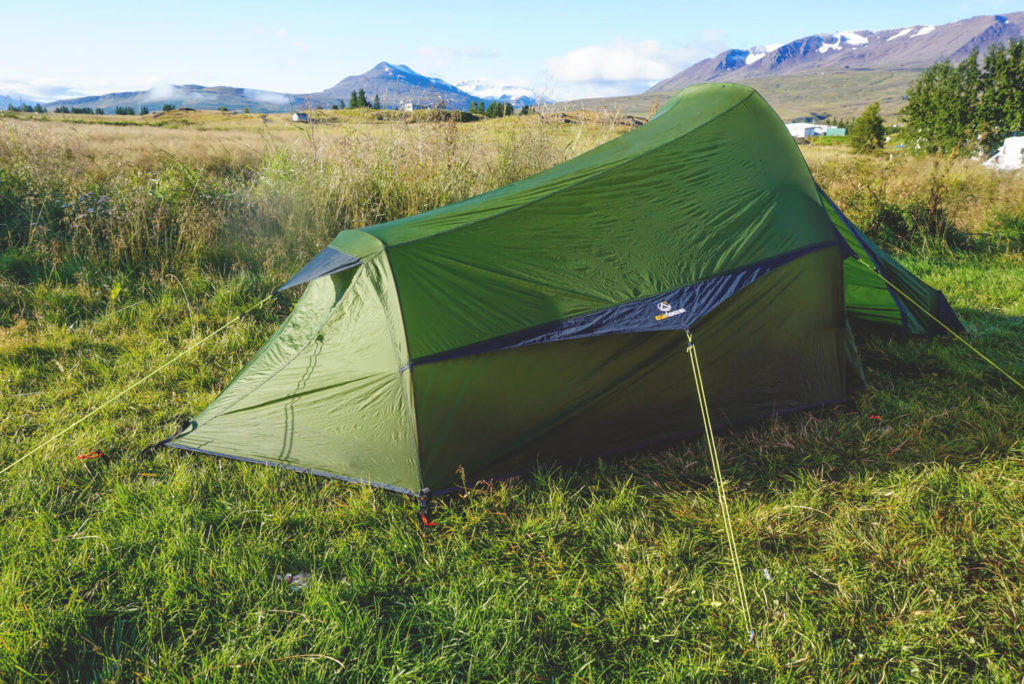
In Iceland, the rule is: layering.
When it comes to clothing, layering is often recommended. This worked very well for us in Iceland. We usually wore leggings and hiking pants over them. If it rained, we quickly threw on the rain pants over them. We wore our hiking boots every day. We didn’t even bring our regular sneakers. Weather-wise, we had everything: rain, storms, wind, sun (2°C to 20°C). It’s just an advantage if you can quickly remove one or two layers depending on the weather.
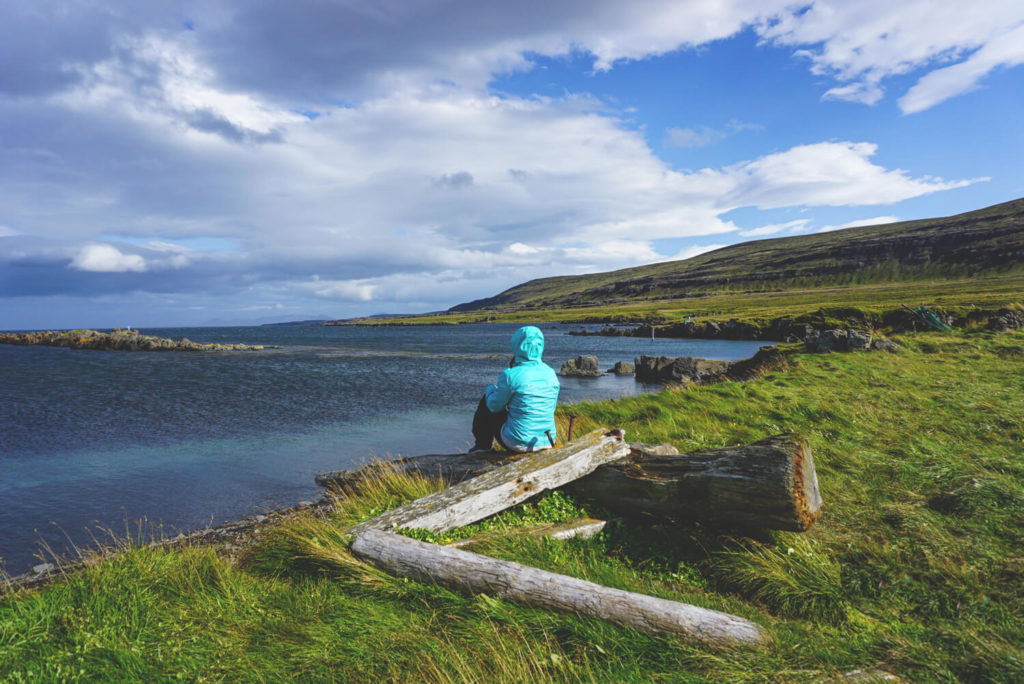
We bought gas cartridges for the camping stove locally. You can buy them at any supermarket or in the “leftovers boxes” at campsites. You’re not allowed to transport gas cartridges on the plane anyway. We also brought plenty of instant soups, pasta, bread, and other ready-made meals from home. This meant we were well-equipped and could check and compare prices in the supermarket at our leisure. More about this here: Our Iceland packing list.
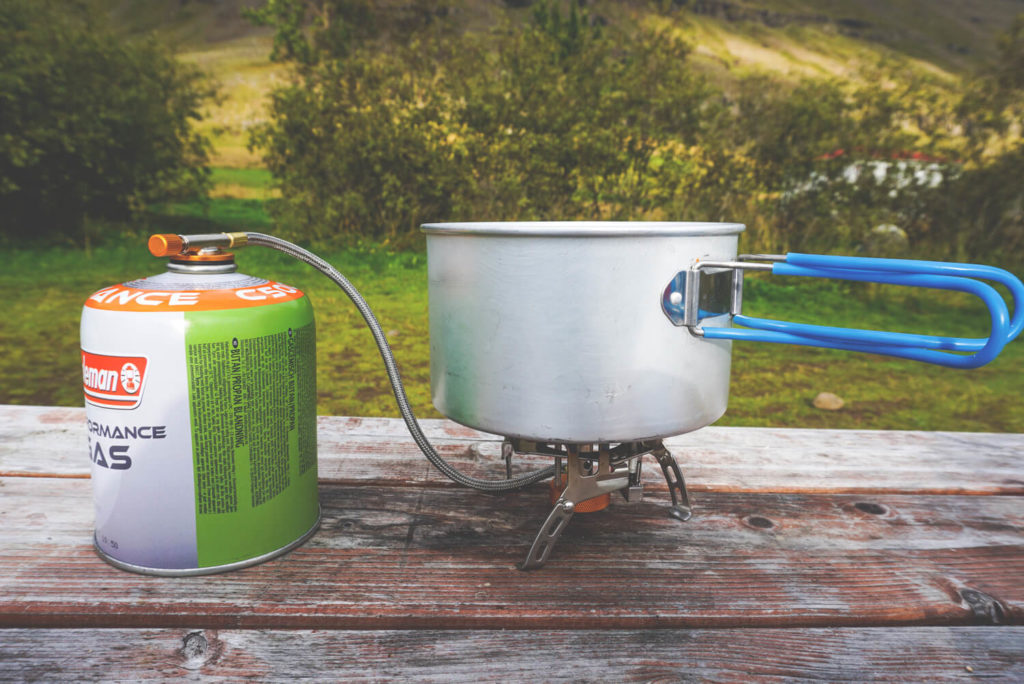
6. Which route should I choose for Iceland?
Initially, we didn’t have a precise plan, but we wanted to skip the Westfjords and the highlands. We focused on the Ring Road and a relaxed circumnavigation. We saw countless highlights and experienced unique moments without rushing from point A to point B. When we arrived in Iceland, a storm swept across the island. We had to abandon our initial “plan” and improvise. From then on, we traveled solely based on the weather. We checked the situation several times a day at www.vedur.is.
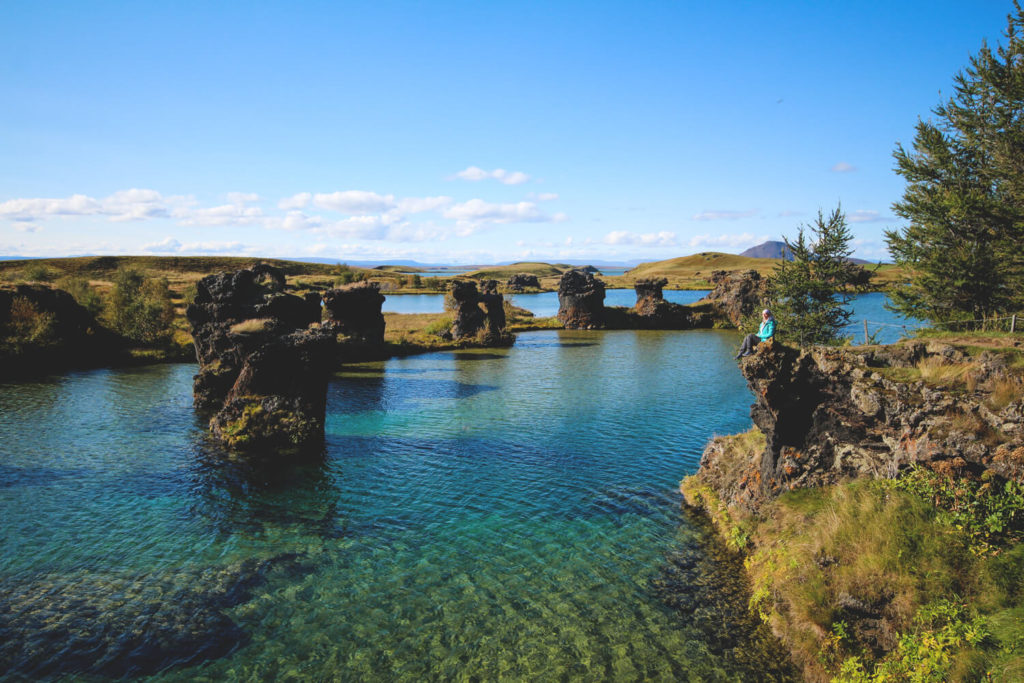
We then traveled clockwise around the island. We started at the Golden Circle and continued north to the Vatnsnes Peninsula. Afterwards, we explored Iceland’s north, drove to the east of Iceland, marveled at the southeast of the island, and finally Iceland’s south. At the end, we even made a spontaneous detour to the Westman Islands. We spent the last day in the capital, Reykjavik, enjoying perfect weather. Everything about the routes and highlights can be found here.
7. What’s the deal with camping in Iceland?
Wild camping used to work quite well. But as more and more visitors come to the island, new and, above all, stricter regulations have been enacted. Since 2017, camping outside of designated sites has been virtually impossible. Overnight stays on private property are only permitted with the owner’s permission. Wild camping is completely prohibited and illegal in national parks. In the south, camping outside of designated campsites is also no longer permitted. Anyone traveling with a motorhome, campervan, or off-road vehicle with a roof tent is only allowed to stay at campsites.
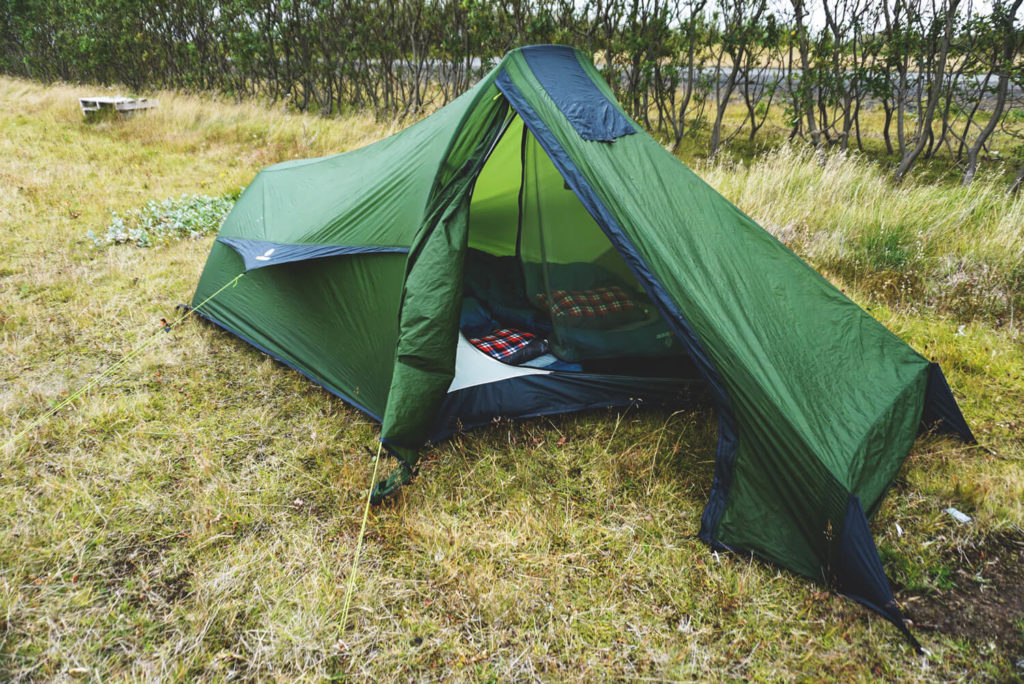
If you also want to camp, we recommend always using a campsite. You’ll usually find restrooms, showers, a kitchen, electricity, and other amenities there. You’ll also be protecting the environment by not just pitching your tent somewhere wild. Although Iceland is sparsely populated, you’ll find numerous campsites (around 150) all over the island. There are always plenty of campsites near tourist hotspots, especially in the south along the Ring Road. More on this here: Camping in Iceland.
8. What budget do I need?
Iceland is not a cheap travel destination. You don’t just read this everywhere; it’s true in reality, too. Since we brought a lot of food from Germany and slept in a tent, the costs of our trip were very reasonable. Accommodations are generally very expensive in Iceland. For a simple, no-frills room, you can expect to pay at least €90 to €100 per night. We paid more for 3 nights in accommodations than for 11 nights at campsites. More about this here: Our costs for Iceland.
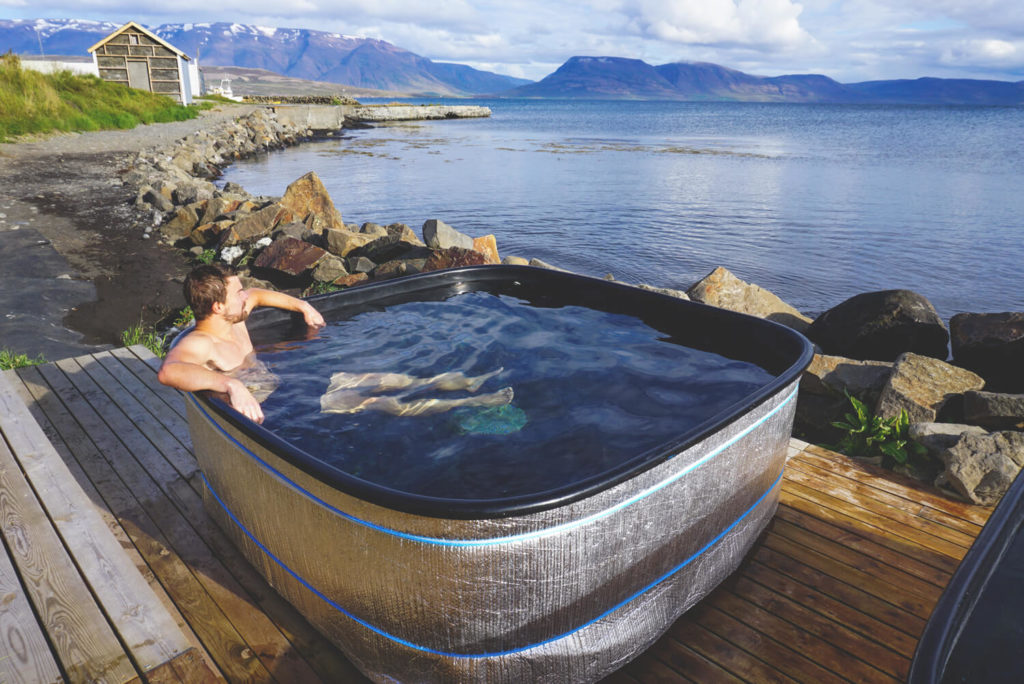
Overnight stays at campsites are generally very inexpensive and usually only cost €12 to €15 per person per night. We also had the Camping Card with us. At the end of the trip, we spent a total of €220 per person for accommodation and camping (€15 per day). Gas for the entire round trip only cost us €255 (€17 per day). Food & We paid €134 per person for drinks (supermarket and snack bar).
In total, we only paid around €1,100 per person for our 15-day tour of Iceland. Of course, there are also the costs for pre-trip purchases (equipment, food, clothing, etc.). You can get a rental car for €300, depending on the time of travel. But expect to pay more like €500–€700 for two weeks. You can get an off-road vehicle for €2,000–€2,500 for two weeks during peak season. Outside of this season, you can also find some great deals.
9. What about the internet?
First of all: Roaming charges have been abolished across the EU since June 2017. This means you can use your data allowance abroad with your German mobile phone contract at no extra cost. We can use 1 GB per month abroad (provider: Premium SIM). That’s really cool. While we were there, we also got a card from Siminn with 10 GB of internet for €29. Siminn is the most widely used mobile provider in Iceland with the best network coverage. We had full reception and fast internet even in the most remote corners of the island. Simply fantastic!
10. Preparing for Iceland – Anything else I need to consider?
Consider how you want to travel around the island, when you’re traveling, how long you have, and what you want to see. You should base your planning on that. Tent and nature or more comfortable accommodations? Drive yourself, rent a caravan, or book a guided tour? Have you saved money specifically for this trip and can treat yourself now and then, or are you traveling on a budget?
The important thing is that you are well prepared for your trip. Especially if you’re traveling with a tent. You should also have the right clothing for your trip. The layered look has always proven successful and also makes the most sense. In Iceland, you pay for almost everything with a credit card. Most devices only accept a 4-digit PIN, so make sure your credit cards are prepared for this.
Just do it and enjoy!
If you want to do special activities locally, you should book them online in advance if possible. This is especially true if you’re traveling to Iceland during peak season. This also applies to bookings for accommodation, rental cars, and flights. It’s better to book early than late. Iceland is a very popular travel destination; many places book up quickly. Otherwise, all we can say is: Enjoy this wonderful country to the fullest. It will definitely be a once-in-a-lifetime trip!
Iceland Preparation – The Podcast
Click on the button below to load the content from www.podbean.com.
Load Content
Our Travel Diary on YouTube
